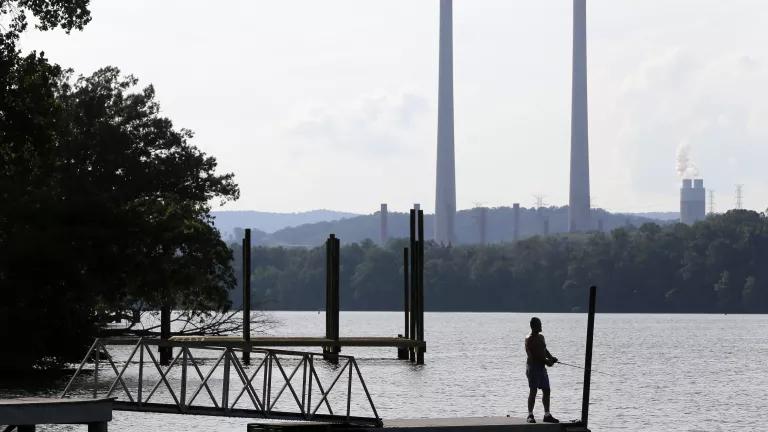
Coal-fired power plants are one of the biggest threats to water quality—responsible for about 30 percent of the country’s toxic water pollution to surface waters like rivers and lakes. Much of that pollution comes from the industry’s discharging of heavy metal-laden effluent straight into local waterways. Updated in 2015, the current Effluent Limitations Guidelines set to curb these practices in order to protect the public from lead, mercury, and arsenic, among other harmful substances. But now that progress is up in the air: The U.S. Environmental Protection Agency proposed weakening the guidelines and letting more power plants dump their pollution into waterways—including ones used for fishing and drinking water supplies. To make matters worse, the agency proposed a separate rollback that would allow plants more time to continue storing their coal ash waste in unlined and uncovered ponds, which are prone to spills and leakage, sometimes catastrophically.
Related Content

Coal Plants Get a Pass to Pollute Our Waterways
EPA's Latest Water Attack: Protecting Polluting Power Plants
New Power Plant Rules Will Reduce Toxic Pollution and Save Water

Coal Ash Is Hazardous. Coal Ash Is Waste. But According to the EPA, Coal Ash Is Not “Hazardous Waste.”
